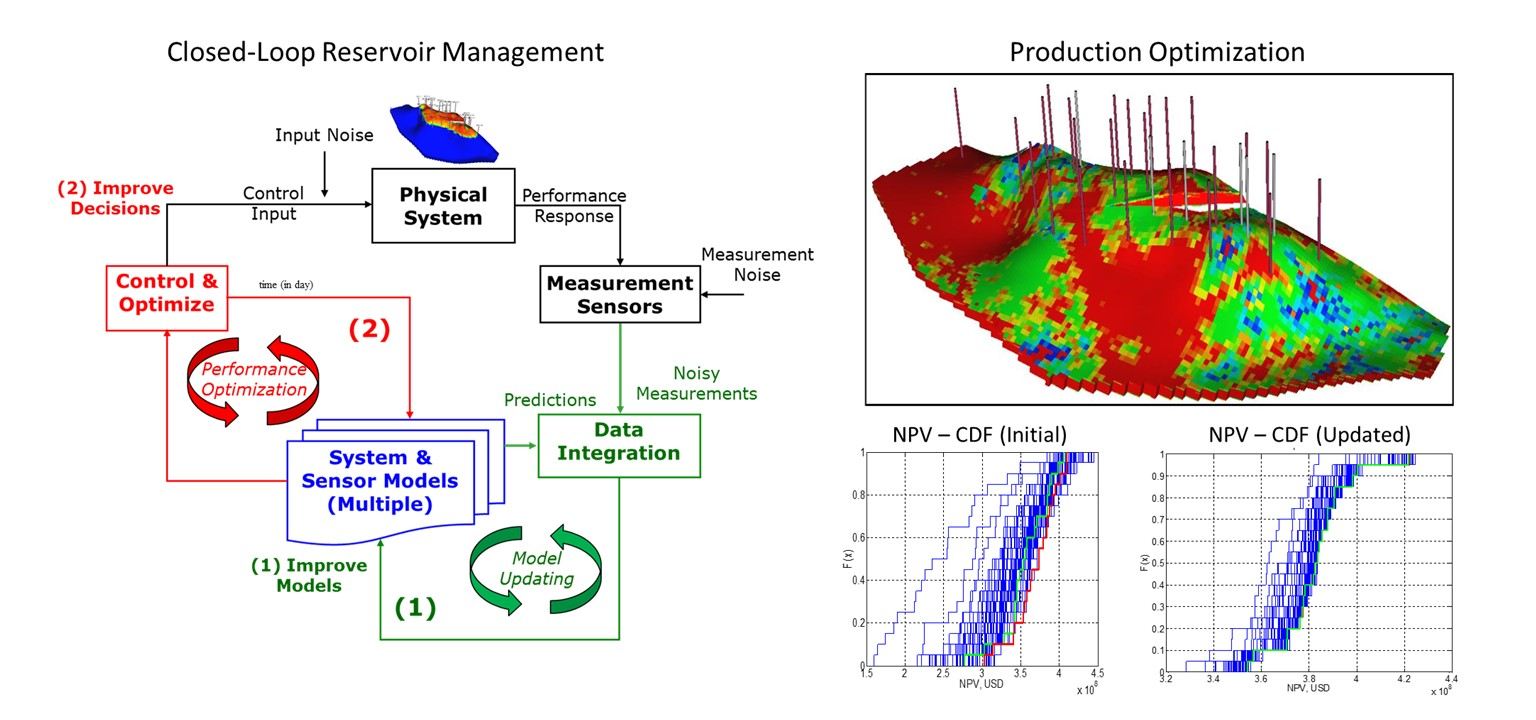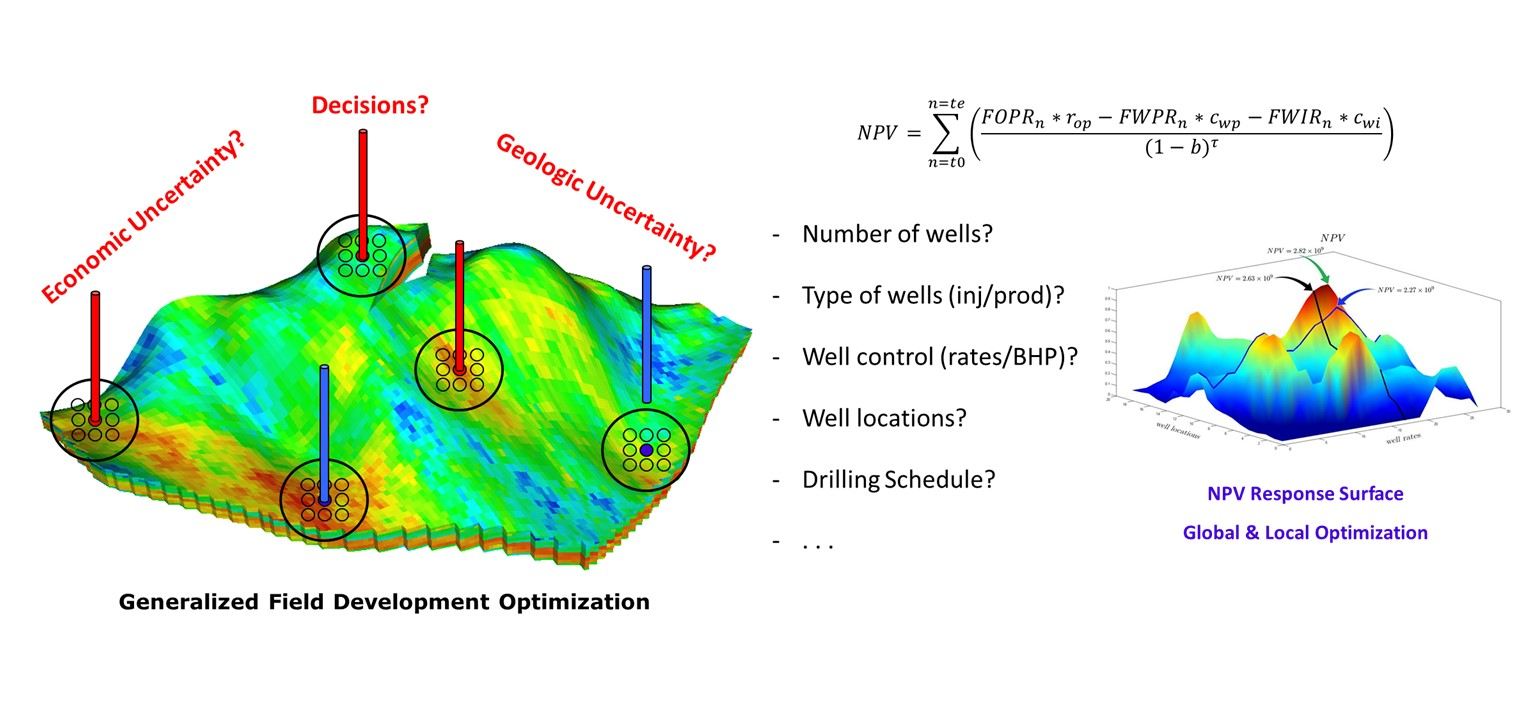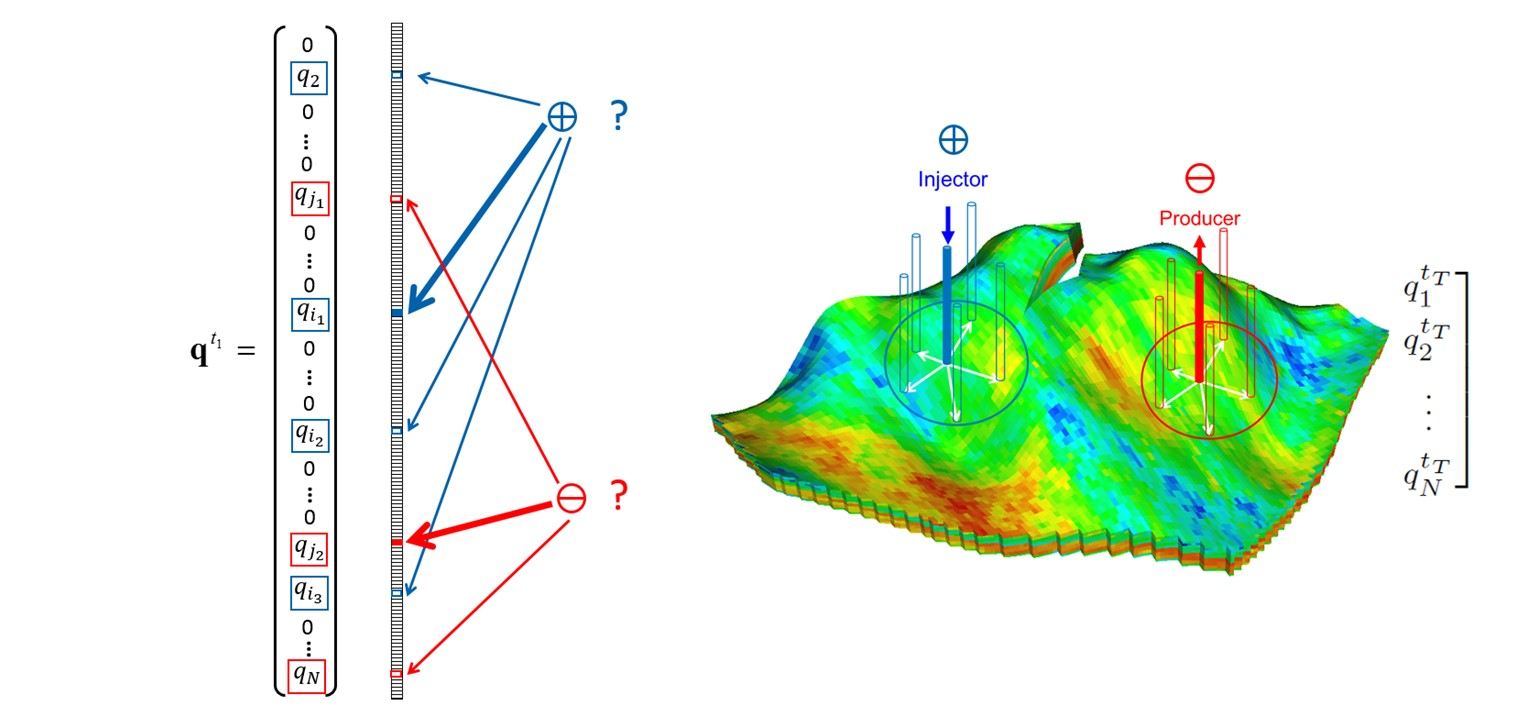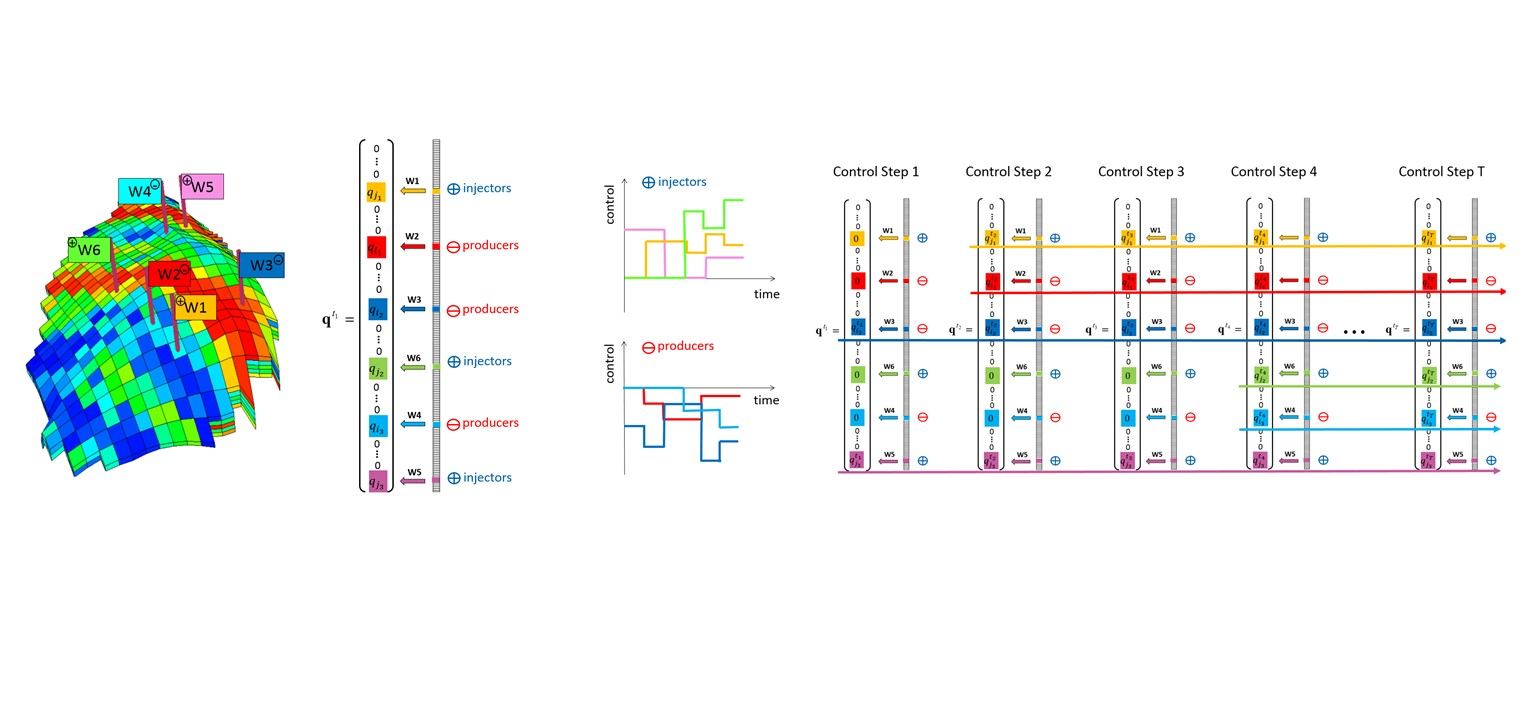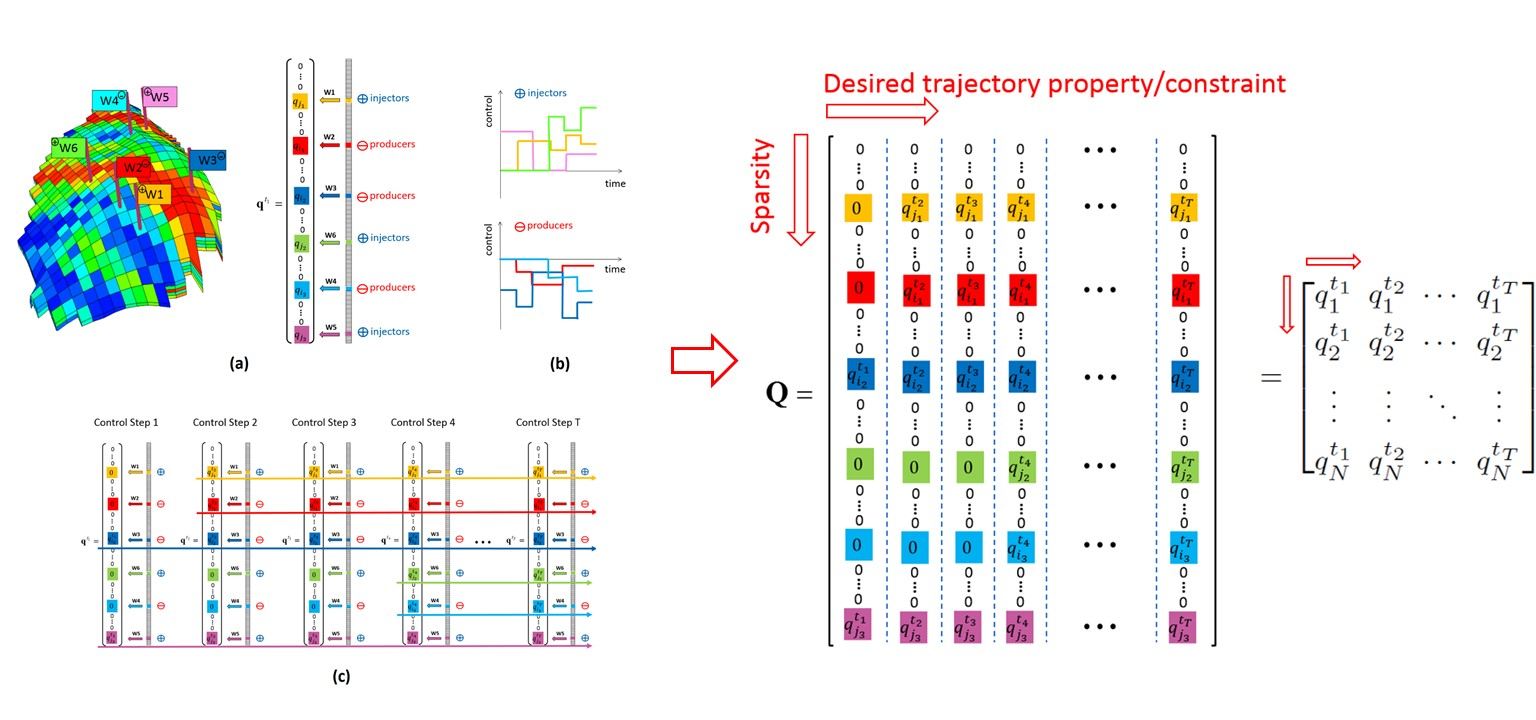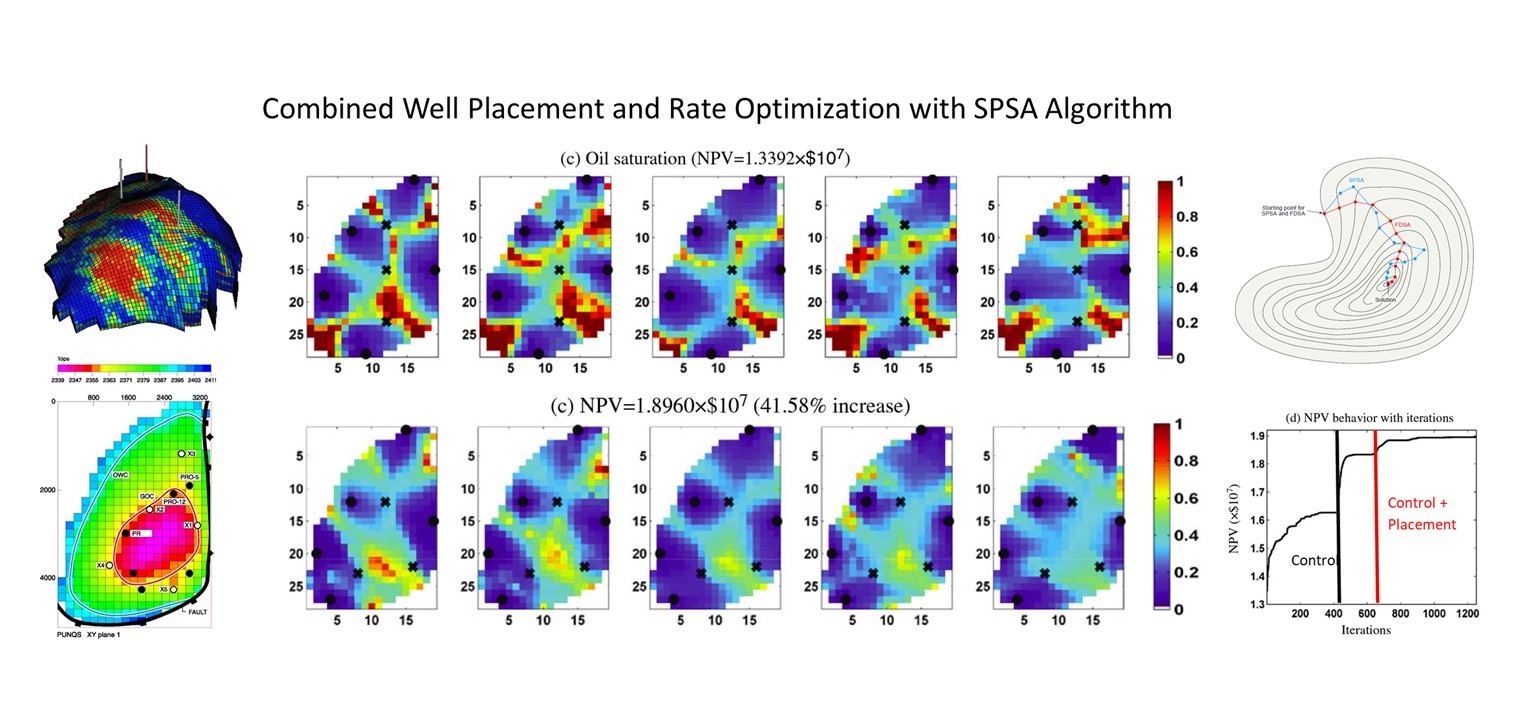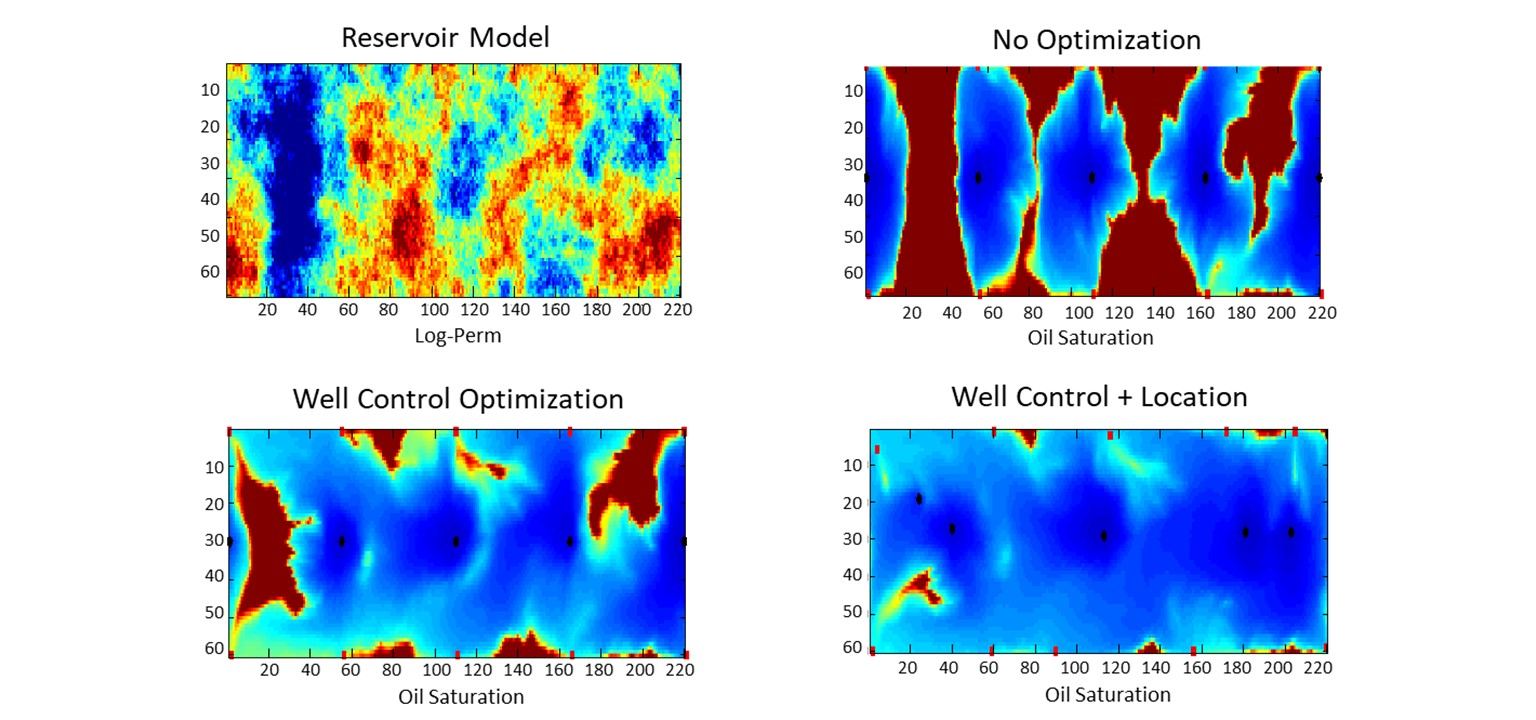The main objective of constructing and calibrating subsurface flow models is to use them as predictive tools for decision making and resource development optimization and management. In their most basic applications, predictive models can be used to compare a set of proposed field development scenarios as a decision support tool. In more complex problems, the optimal development scenarios are typically not obvious and numerical optimization should be adopted to identify them. Performance improvement can be accomplished by formulating and solving an optimization problem that consists of a desired performance measure to optimize (i.e., objective function), various constraints (economic, physical, and field constraints), and the decision variables that can be controlled to improve performance. In realistic subsurface flow models with complex nonlinear constraints and different types of decision variables, such optimization problems are non-trivial to solve. Another major difficulty is the uncertainty in predicting the response of subsurface flow systems to development scenarios, which can pose significant development risks.
Our research in this area is devoted to developing methods to solve realistic field development optimization problems. Two main areas of focus in our lab are developing data-driven prediction models to improve the computational efficiency of optimization problems, and stochastic optimization to incorporate geologic (and other sources of) uncertainty in field performance optimization. Some of our current research topics include:
- Efficient fit-for-purpose proxy models for model-predictive control and optimization
- Stochastic field development under uncertain geological models and future operation decisions
- Active learning for efficient optimization with surrogate model development
- Optimization of geologic CO2 storage efficiency while accounting for geomechanical risks
